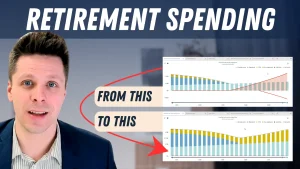[vc_row css=”.vc_custom_1612380408194{padding-top: 20px !important;padding-bottom: 20px !important;}”][vc_column][vc_video link=”https://youtu.be/ag2dEb6WGA0″ css=”.vc_custom_1695256591435{padding-top: 20px !important;padding-bottom: 20px !important;}”][vc_column_text css=”.vc_custom_1695256602924{padding-top: 20px !important;padding-bottom: 20px !important;}”]Pulling income from the wrong retirement at the wrong time can lead to hefty tax bills. So what account should you pull from first? Let’s dig into it![/vc_column_text][/vc_column][/vc_row]





